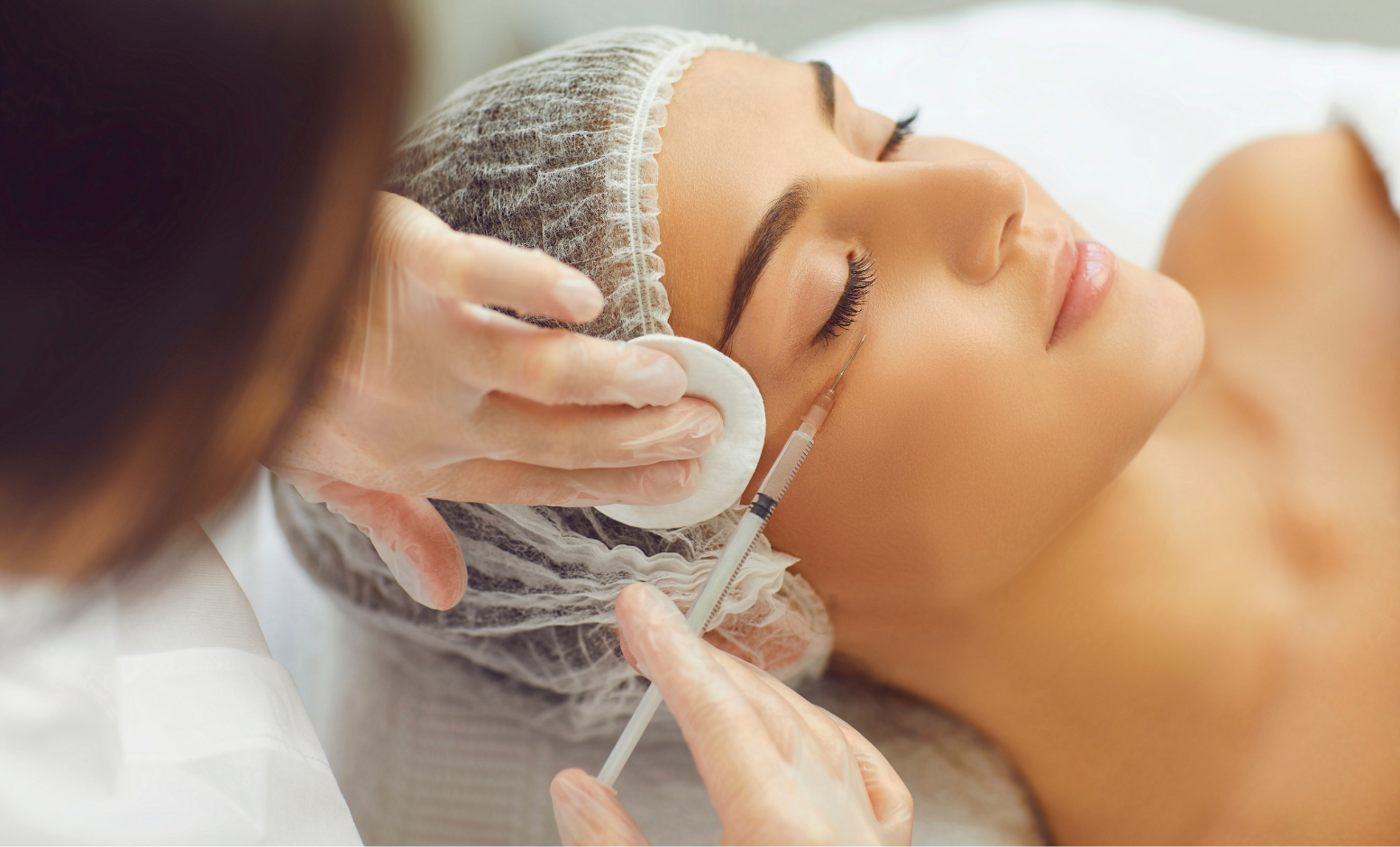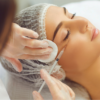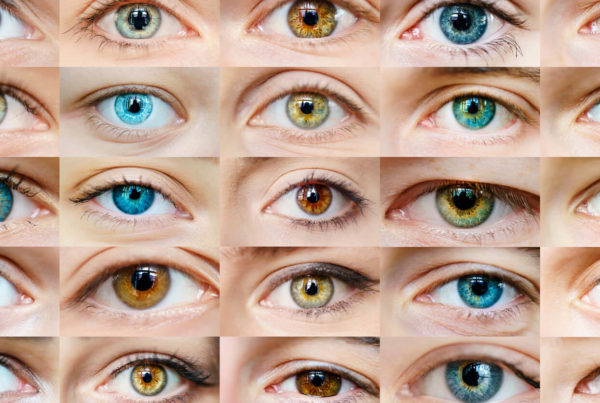For this article, I will concentrate on corrective procedures that mainly relate to the eyes and their surrounding areas.
What is the difference between Botox and Fillers?
Whilst both treatments are injected into the body with fine needles, the therapeutic content is quite different. Botox is administered to ‘relax’ a muscle, reducing contraction in the particular area to be treated, and ultimately achieving the desired effect of ‘freezing out’ wrinkles. Fillers, on the other hand, ‘plump up’ zones that are lacking density or volume. Therefore, Botox ‘numbs’ muscles whilst Fillers create volume to lesser defined regions.
What are the typical uses of Botox and Fillers?
Typical applications of Botox and Fillers can be for therapeutic, medical or cosmetic reasons. The following table describes where Botox and Fillers have some of their main uses.
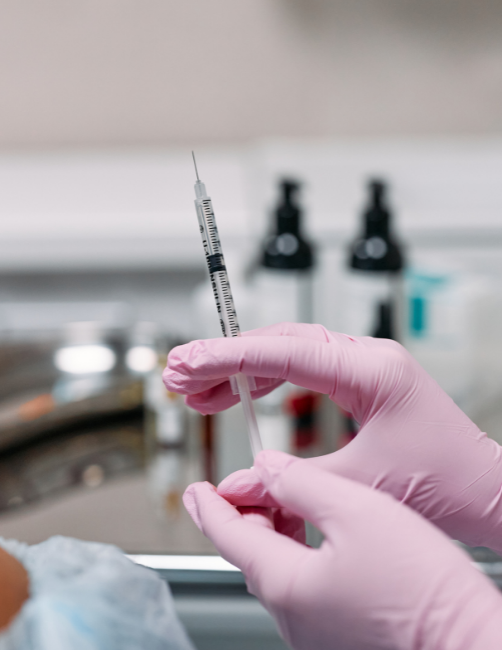
Image 1: courtesy of Canva
Table 1: Botox V’s Fillers
Botox |
Fillers |
| Reduce wrinkles around the eyes, known as ‘crows feet’ | Treat facial wrinkles including those around the eyes |
| Reduce ‘frown lines’ which are the deep-set furrows between the eyebrows | Treat skin folds (such as the lines from the side of the nose to the edges of the mouth) |
| Reduce ‘forehead lines’ | Improve facial symmetry |
| Eyebrow ‘lift’ by relaxing the muscle that pulls the brow line downwards | Augmentation (increase volume in lips, cheeks and chin) |
| Reduction in the wrinkled fine lines near the nose known as ‘bunny lines’ | Restore volume to ‘sunken’ temples |
| Reduce migraines | Treat acne scars |
| Reduce and control eyelid spasms | Fill in the ‘tear trough’ (hollows under the eye) |
| Control ‘squints’ known as strabismus by injecting the eye muscles | Aid some reduction in dark circles under the eye |
| Treatment for inflamed eyelids and Blepharitis | Reduce the appearance of ‘under-eye bags’ |
| Minimise excessive sweating | Treat wrinkles in the neckline |
What you should know about Botox
Botox is a drug that must be prescribed by medical practitioners only. This includes doctors, nurses, dentists and prescribing pharmacists1. Trained beauty therapists must exhibit medical training qualifications to administer Botox. Every practitioner must be licensed on a register and have the appropriate insurance2.
Fact Box: Botox was 1st used in 1978 to weaken over-active muscles in the eye. By 1990, Botox had its first cosmetic application to reduce facial wrinkles.By the British Association of Aesthetic Plastic Surgeons (BAAPS) |
What is Botox?
The drug is derived from bacteria readily found in natural habitats such as soil, lakes and the intestinal tracts of animals and fish3. Severe bacterial infection from this toxin is known as Botulism and it attacks the nervous system, causing paralysis4. It is this feature of the neurotoxin that makes it desirable in modern medicine. When the toxin is diluted and used in low doses, it weakens and paralyzes the target muscles, thus giving the desired outcome.
Botox is the branded form of this bacterial neurotoxin, known as Botulinum Toxin. Other commercially sold brands include Xeomin, Dysport and Myobloc. Since consumers associate ‘wrinkle freezing’ with the pioneering brand of Botox, it shall be used in the content of this article for ease of illustration.
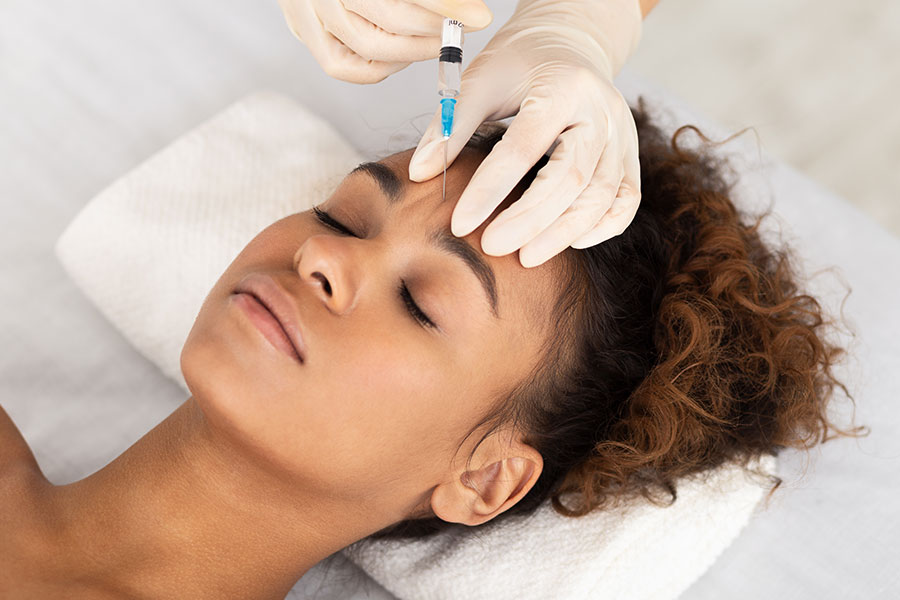
Image 2: Courtesy of Raleigh Capitol ENT
Botox Procedure
As described earlier, Botox is injected into the muscle tissue with a fine needle. The treatment may require several injections in the localised area to be effective. It is advised not to rub or massage the treated area5. By doing so, the toxin may be dispersed to other areas where it can cause numbness in the wrong location. Let the Botox naturally set into place. The results are best noticed within a few days. The treatment itself can be done in approximately 15 – 25 minutes per area.
Preparation before your Botox procedure
It is advised to avoid alcohol for at least 1 week before the Botox treatment. It is also recommended that aspirin and anti-inflammatory medications are stopped, 2 weeks before the procedure to help prevent bleeding and bruising6. Medical advice should be taken where necessary.
Post care after Botox
The practitioner may request that you stay upright for at least 4 hours after the procedure, and avoid rubbing the treated area. It is also recommended that exercise is avoided for the day7. It is best to avoid sunbathing, sunbeds, saunas and steam rooms for at least 2 days8. Botox is temporary and can last for 3-6 months depending on the area and the amount of Botox applied9.
Possible side effects of Botox treatment
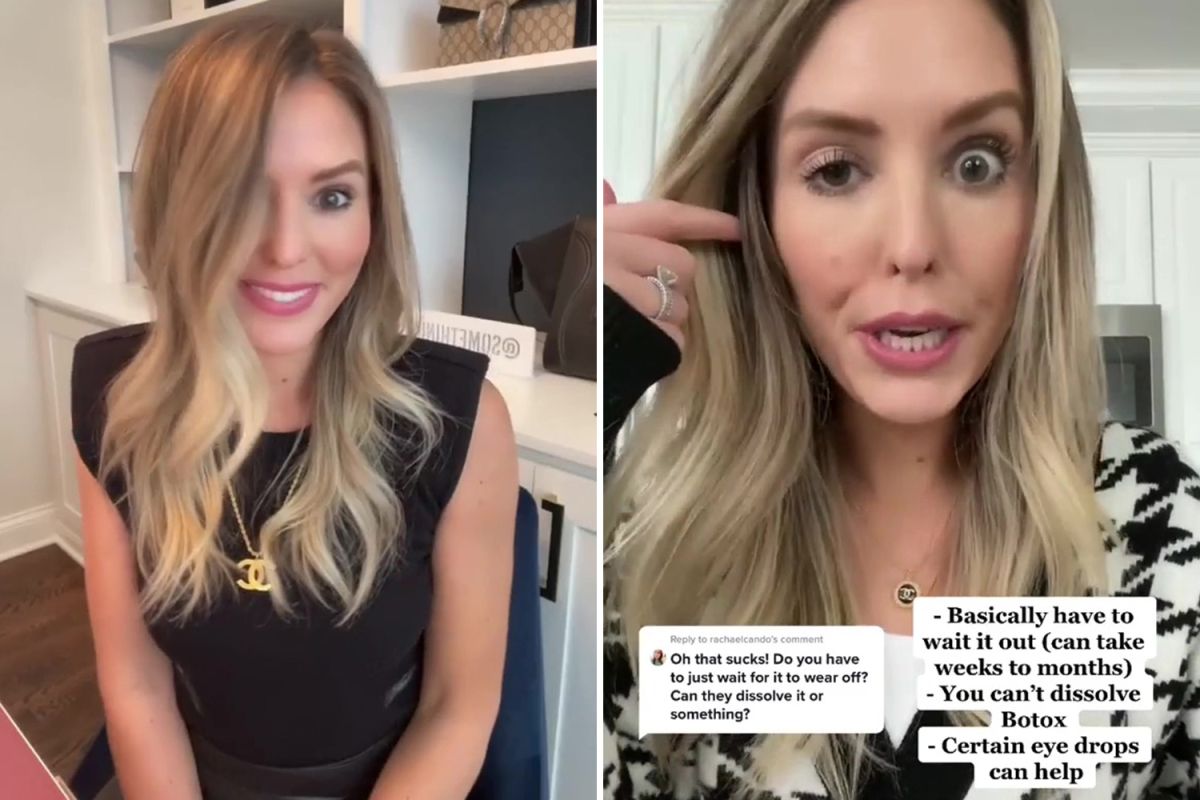
Image 3: Social Media Influencer @somethingwhitty with droopy eyelid after Botox treatment. Image courtesy of UK News Agency
- Dry eye
- Numbness in the affected and surrounding area
- Localised pain
- Bruising
- Headache
- Difficulty in breathing
- Vision problems10
- Temporary eyelid drooping11
- Corneal ulceration after treatment for Blepharitis12
Why you shouldn’t have Botox – The Contraindications
- Allergy to Botox derivative
- Any infection on the area to be treated
- Do not use if pregnant or breastfeeding
- Allergy to cows milk13, 14
- Neuromuscular & bleeding disorders15
Can Botox be removed?
The Expert Advice:
“Unfortunately, Botox cannot be removed or dissolved. In rare circumstances, some people can experience ptosis, as a side effect which is whereby the upper eyelid droops as a result of the Botox migrating to a different area. In this incidence, an eyedrop named ‘Apraclonidine’ can be used to shorten the longevity of the treatment. In usual circumstances, Botox treatment wears off naturally over time”.
Dr Youssef Haffar MRCGP, BM (Hons), BSc (Hons)
What are Fillers?
Fillers are an injected substance to increase volume and smooth out wrinkle lines. The most readily used dermal fillers, for face and lip treatments, are fluids whose primary essence is Hyaluronic Acid. Hyaluronic Acid (HA) exists naturally in living organisms functioning to bind and retain water, to keep connective tissue lubricated and moist16. Mature skin loses this natural form of moisture17, leading to typical signs of ageing such as dry, thin18 and wrinkled complexion. The dermal fillers, therefore, revitalise lack-lustre zones by boosting the levels of HA in the skin.
Fact Box: The largest amounts of Hyaluronic Acid, in humans, is found in the skin accounting for 50% of the total body HA.Ncbi.nlm.nih.gov – Tissue & Cell Distribution of HA |
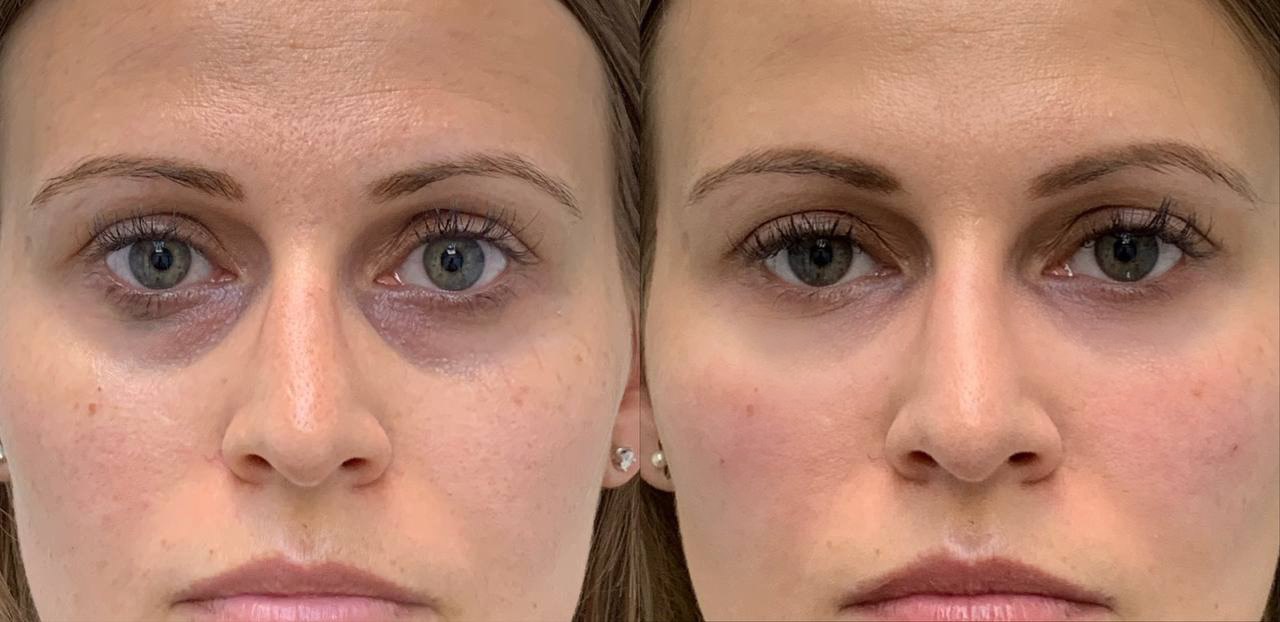
Image 4: Filler to add volume to the deep-set hollows of the undereye area & reduce dark circles. Image courtesy of Simply Clinics (subject to Copyright Law)
Dermal Filler Procedure
Depending on the treatment location, an anaesthetic gel or cream will be applied to numb the area to be treated. This is to minimise discomfort in some of the hypersensitive areas. The viscose fluid is then injected beneath the skin, possibly several times to attain the desired outcome to ‘plump up’ zones or soften creases.
Dermal fillers can be animal or plant-based so it is important to check with the physician before proceeding, with which type you are having, especially if this conflicts with your dietary or ethical views. The NHS guidelines, regarding Dermal Fillers, stipulates that the practitioner should be suitably qualified and be registered on a practitioners list.
The treatment itself can take 20-30 minutes, depending on the area to be treated and the amount of filler required. Most fillers are non-permanent and can last for a few months to a year. Once again, this depends on the amount of filler applied, the location and how receptive the client is to the product.
Shortly after the procedure, you can expect the treated area to be tender, swollen, with some inflammation and redness. There may even be some bruising. The symptoms tend to settle after 2-3 days, with most of the immediate side effects resolving in a few weeks19.
Post care after Fillers
The recommendations are to avoid make-up on the day of treatment and possibly the day after, depending on any mild side-effects post-procedure. It is also recommended to avoid alcohol, coffee and direct sun exposure after treatment20.
Possible side effects of Fillers
- Lumpy appearance under the skin
- Filler can move from the desired target zone resulting in uneven correction
- Bruising
- Scarring
- Blocked blood vessels that can cause tissue damage, vision problems or blindness21,22
- Raised bumps (nodules) that may require further treatment if not cleared on their own. These include injections to dissolve the filler, antibiotics or surgery.
- Allergic reaction to filler content
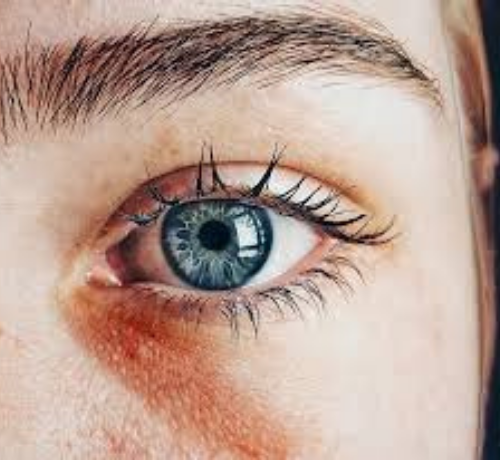
Image 5: Under eye bruising post-treatment, courtesy of Dr Tim Pearce
Why you shouldn’t have Fillers – The Contraindications
- Do not have fillers if pregnant or breastfeeding
- Active infection near the proposed treatment area23
- Known allergy to the treatment material
- Compromised immune system24
Dissolve Fillers where necessary
Thankfully, in extreme cases where someone is not happy with the HA Filler treatment, a Hyaluronidase enzyme can be administered to dissolve the undesired effect of excess filler. The enzyme should be injected by an experienced clinician.
How Likely is it that Dermal Fillers have to be neutralised?
The Expert Advice:
“After an in-depth consultation, the practitioner should know the amount of filler to use, as well as the type of filler. If the initial consultation has been performed correctly, the chances of having to dissolve the filler are slim. However, complications with filler treatments can arise and there is a small chance that clients may wish to have their filler dissolved. If this is the case, practitioners are able to use a product called Hyalase to remove the filler.
The most common area for Hyalase to be used is the ‘Tear Troughs’. This is because this area can be easily overfilled. It is also vital to administer the right type of filler for specific areas, to achieve a smooth and natural appearance”.
Dr Youssef Haffar MRCGP, BM (Hons), BSc (Hons)
Opticians, Patients and Cosmetic Treatments
As cosmetic treatments are becoming more widely used, both Opticians and patients must understand that communication is vital in the testing room. When the optician asks a patient about medical history, it is necessary to disclose all information including any recent use of Botox or filler. This is especially vital if the patient has come in exhibiting symptoms of disturbed vision that may have been instigated by a recent aesthetic procedure.
In the article The Eye Exam, we have extensively explored the various tests involved in doing a thorough eye examination to ensure optimum health of the eye. If a patient fails to disclose a cosmetic procedure that is interfering with the visual pathway, it could lead to unnecessary delay in treatment. Unfortunately, patients are often reluctant to disclose full medical history, medication and cosmetic enhancements, dismissing their relevance to the eyes.
Likewise, failure to advise an Optician of recent treatments can have further adverse effects when fitting new spectacles. Botox or filler treatment near the bridge fitting and nosepad setting of spectacles can become dislodged. The weight of the glasses can unintentionally displace the fluid resulting in obvious lumps forming at the nose bridge, and possible interference with the tear drainage system. Under the section of ‘side effects’ of Botox, we can see that any Botox fluid that is rubbed or moved from its intended place of origin, can cause a visual disturbance. Therefore, patients need to tell the Opticians of cosmetic enhancements and Opticians need to be aware that modern aesthetics come with their own contemporary complications.
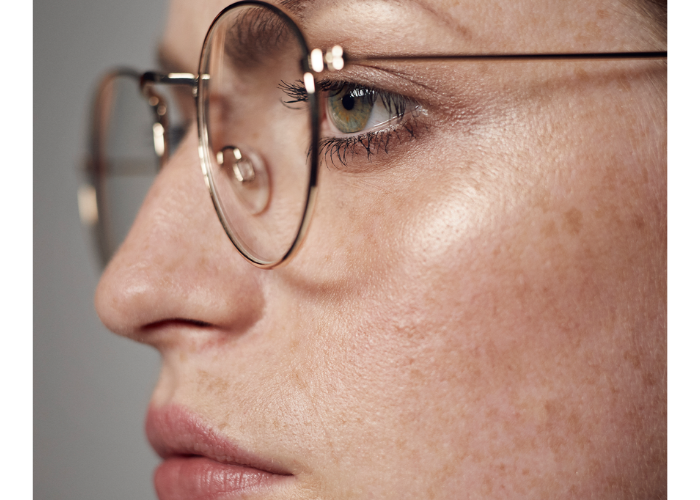
Image 6: Spectacle wear with Botox or Fillers, courtesy of NewBeauty.com
Let your Cosmetic Physician know that you wear spectacles
Care and due diligence should be given with regards to any type of eyewear, including sunglasses. Whilst one can refrain from wearing sunglasses for a few days, it can not always be easy to suddenly stop wearing essential eyewear required for critical vision, whilst the treated area is healing.
It is important to notify the physician conducting the treatment, that spectacles are regularly worn. Considerations to be mindful of are, how will you get home after the treatment? Perhaps arrange a taxi or a friend for travel. Another solution is to wear contact lenses during the healing and settling phase.
Questions & Answers with the Expert - Dr Youssef Haffer
What advice would you give to patients who wear spectacles with reference to Botox and Fillers?
“This is relevant to clients partaking in non-surgical rhinoplasty (nose filler treatment), whereby the area of the glasses that rests on the nose can sometimes put pressure on the area that has been treated with filler. Predominantly, the filler is placed in the middle of the nose, which usually avoids pressure from spectacles that have nosepads, and rest on the side of the nose.
However, after each nose filler treatment, we ask the client to put their glasses on so that we can see where they sit on the nose. From this, we can provide advice on how they can wear their spectacles without causing any pressure on the treated area”.
Based on your experience, which age group of customers prefer which treatments?
“This varies – we would have previously suggested that younger age groups desire dermal filler treatment on their lips and nose, whilst older age groups look for treatments that provide volume to the face as well as offer a more youthful appearance, such as the cheeks to provide face structure and the naso-libial folds to eliminate lines and wrinkles.
However, recently we have found that the demand for each treatment type is beginning to vary, as older generations seek hydration in their lips through fillers, and younger clientele desire a more contoured appearance through cheek and jaw line filler. With this in mind, there is no set current trend for the different age groups, and our client’s desires depend completely on themselves as an individual”.
Are men having treatments? What would you say to men to encourage confidence in cosmetic therapy?
“More and more men are wishing to have aesthetic treatments and this number is continuously increasing, with 10% of our client base currently being male. We see more men opting for anti-wrinkle treatments, and less so to filler based therapeutics.
We wouldn’t necessarily encourage men to partake in any aesthetic treatment, but we do consult those who come to us and deliver as much information to them as possible to manage their expectation, as well as giving advice on alternative treatments that they may prefer instead”.
Dr Youssef Haffar MRCGP, BM (Hons), BSc (Hons)
Final Afterthought
The use of Botox and Fillers is becoming more mainstream. It is no longer the cosmetic secret of the niche market. Whilst side effects are rare, this could be attributed to the fact that the physicians administering these treatments are well qualified in how to use injectables, when to refuse treatment and how to best manage any side effects.
Professional physicians will always consult the client about various procedures and take into account factors such as the regular use of spectacles. A successful outcome is a result of a trusted therapist, the correct procedure and managing expectations.
If you are considering cosmetic enhancements, speak to the professionals. As an Optician, I will always advocate that health professionals conduct delicate treatments. For expert advice, contact Simply Clinics and find out what possibilities await you.
-
BBC.co.uk – Botox Bust
-
NHS.UK – Botox
-
Medical News Today – Botox: Cosmetic & medical uses
-
NHS.UK – Botulism
-
Mayoclinic.org – Tests – Procedures/Botox
-
Webmd.com – Beauty – Botox
-
Webmd.com – Beauty – Botox
-
NHS.UK – Botox
-
Webmd.com – Beauty – Botox
-
Mayoclinic.org – Tests – Procedures/Botox
-
BAAPS.org.uk – Botulinum injections
-
Medical News Today – Botox: Cosmetic & medical uses
-
Mayoclinic.org – Tests – Procedures/Botox
-
Webmd.com – Beauty – Botox
-
BAAPS.org.uk – Botulinum injections
-
Healthline.com – Benefits of Hyaluronic Acid
-
Ncbi.nlm.nih.gov – article PMC 3583886
-
Medlineplus.gov – article 004014
-
FDA.Gov – US Food & Drug Admin – Dermal fillers
-
NHS.UK – Dermal fillers
-
NHS.UK – Dermal fillers
-
FDA.Gov – US Food & Drug Admin – Dermal fillers
-
Ncbi.nlm.nih.gov – article PMC 2890129
-
Ncbi.nlm.nih.gov – article PMC 4404720
Posts by Oodo™ may include affiliate links. This means that we make a small commission from referrals and purchases at no extra cost to you. Thank you for your kind support.

